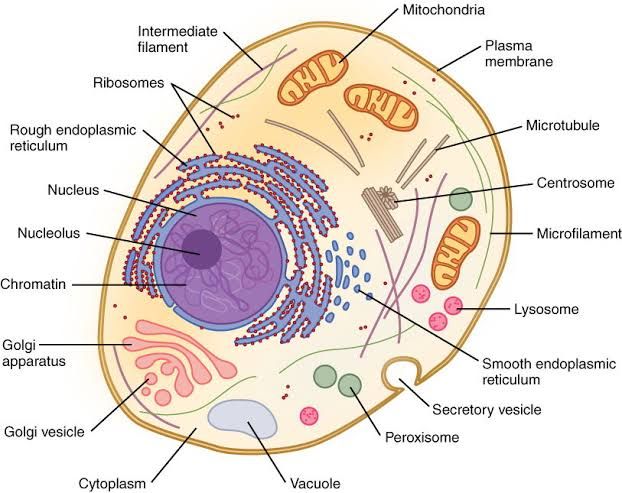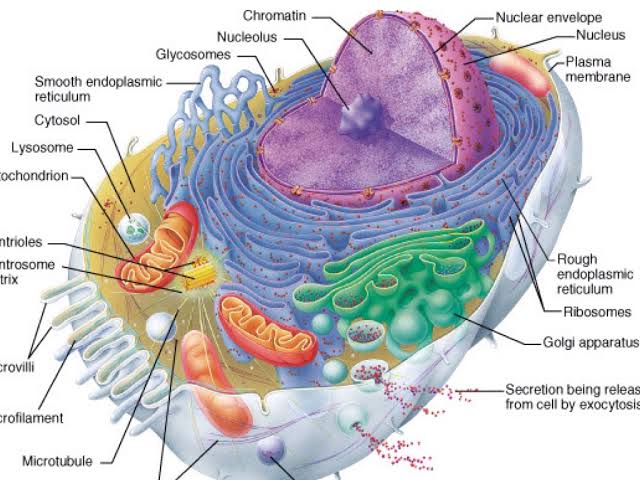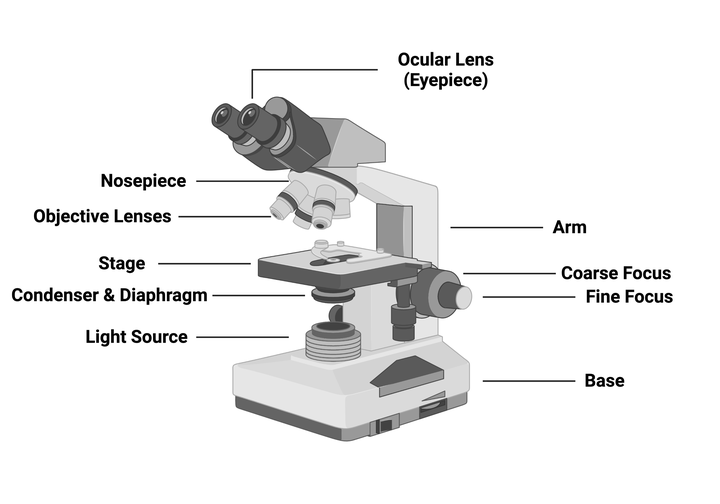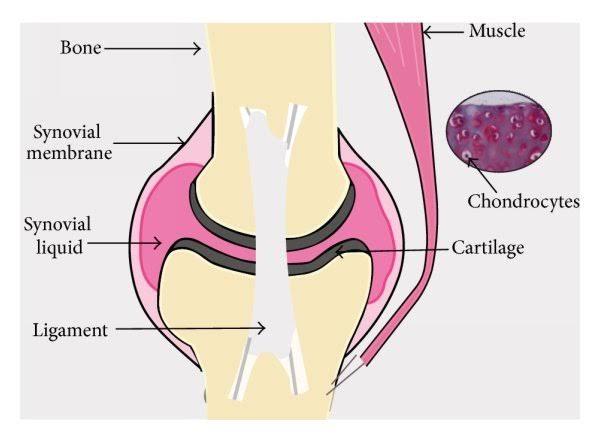
Definition of a Cell
A cell is the basic structural, functional, and biological unit of all living organisms. Cells are often referred to as the “building blocks of life” because they are the smallest units that can carry out all life processes. Each cell is enclosed by a membrane and contains various components that perform specific functions necessary for the cell’s survival and operation.
Types of Cells
Cells can be broadly classified into two main categories: prokaryotic cells and eukaryotic cells. Within these categories, there are various types of cells based on their functions and characteristics.
Prokaryotic Cells
- Bacteria: Unicellular organisms that lack a nucleus and membrane-bound organelles.
- Archaea: Similar to bacteria but genetically distinct; often found in extreme environments.
Eukaryotic Cells
- Animal Cells: Found in animals; contain organelles such as mitochondria, endoplasmic reticulum, and Golgi apparatus.
- Plant Cells: Contain a cell wall, chloroplasts for photosynthesis, and large central vacuoles.
- Fungal Cells: Have a cell wall made of chitin; can be unicellular (like yeast) or multicellular (like molds).
- Protist Cells: Diverse group including amoebas and algae; can be unicellular or multicellular.
Differentiation Between Eukaryotic and Prokaryotic Cells
The primary differences between eukaryotic and prokaryotic cells include:
- Nucleus:
- Eukaryotic cells have a true nucleus enclosed by a nuclear membrane.
- Prokaryotic cells do not have a nucleus; their genetic material is located in the nucleoid region.
- Size:
- Eukaryotic cells are generally larger (10-100 micrometers) compared to prokaryotic cells (0.1-5 micrometers).
- Organelles:
- Eukaryotic cells contain membrane-bound organelles (e.g., mitochondria, endoplasmic reticulum).
- Prokaryotic cells lack these organelles; they have ribosomes but no complex internal structures.
- Reproduction:
- Eukaryotes reproduce sexually or asexually through mitosis or meiosis.
- Prokaryotes typically reproduce asexually through binary fission.
- Cell Wall Composition:
- In plants, the cell wall is primarily composed of cellulose; in fungi, it is made of chitin.
- In bacteria, the cell wall is composed of peptidoglycan.
Components of a Cell
Cells consist of various components that perform specific functions:
- Cell Membrane: A phospholipid bilayer that surrounds the cell, controlling what enters and exits.
- Cytoplasm: The jelly-like substance within the cell where organelles are suspended.
- Nucleus: Contains genetic material (DNA) and controls cellular activities (in eukaryotes).
- Ribosomes: Sites of protein synthesis found in both prokaryotes and eukaryotes.
- Mitochondria: The powerhouse of the cell that produces energy through cellular respiration (in eukaryotes).
- Endoplasmic Reticulum (ER):
- Rough ER has ribosomes on its surface for protein synthesis.
- Smooth ER is involved in lipid synthesis and detoxification processes.
- Golgi Apparatus: Modifies, sorts, and packages proteins for secretion or delivery to other organelles.
- Lysosomes: Contain digestive enzymes to break down waste materials (primarily in animal cells).
- Chloroplasts: Organelles responsible for photosynthesis in plant cells.
- Vacuoles: Storage sacs for nutrients, waste products, or water; larger in plant cells than in animal cells.
- Cytoskeleton: A network of fibers that provide structural support, shape, and facilitate movement within the cell.
- Centrioles: Involved in cell division by helping organize microtubules during mitosis (in animal cells).
In summary, understanding these fundamental aspects of cellular biology provides insight into how life operates at its most basic level.







